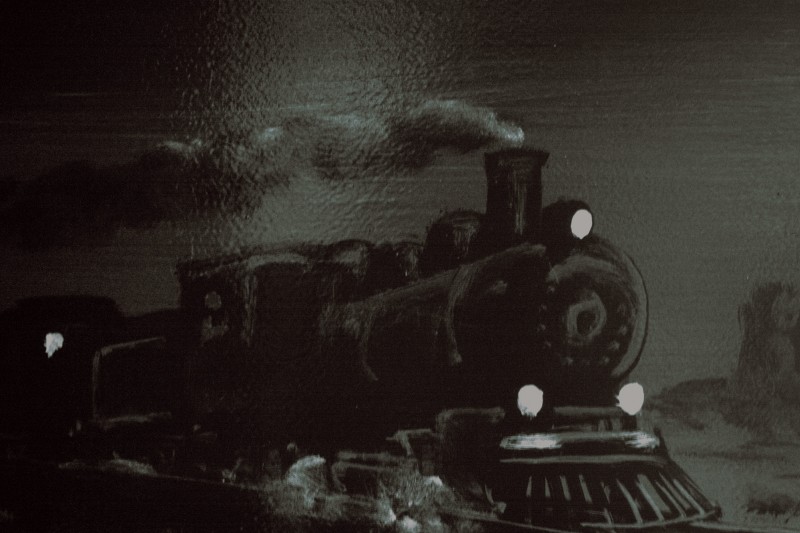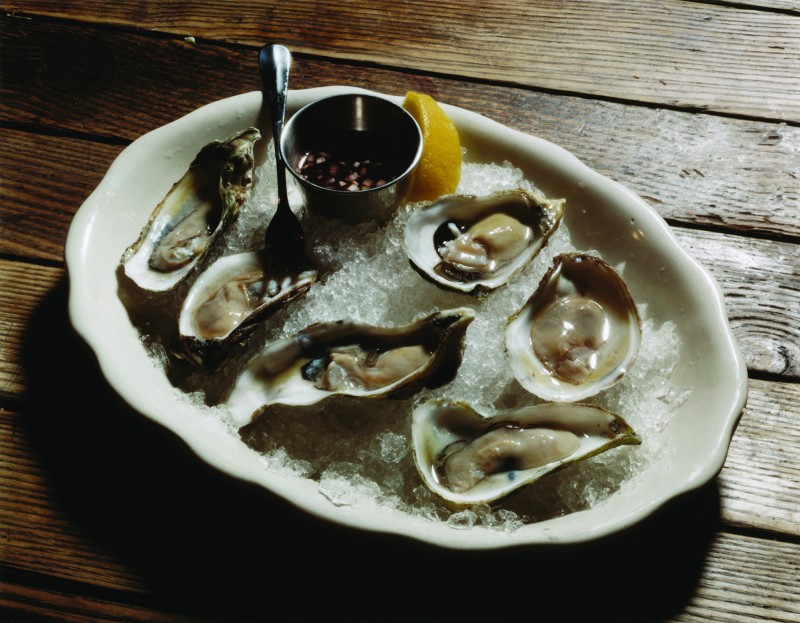Home → EXHIBITIONS 2010 → Promenade avec les amis de la Fondation Luma/Prix Découverte → Annette Kelm
Edition 2010
Artist presented by Beatrix Ruf
Annette Kelm
The photographs by artist Annette Kelm appear to perpetuate traditional forms of photographic representation in an unspectacular way: i.e. they comprise still life photographies , portraits, object photographs, architectural and land-scape photographs in moderate formats, which tend to be based on conventional studio or landscape practices. Annette Kelm works traditionally, her photographs are taken with analogue large- and middle- format cameras and are individual handmade prints. She produces both individual photographs and series of works with individual motifs and, in her exhibitions, she always shows a combination of works that refuse to submit to a single reading of a theme or concept. Annette Kelm appears to follow conceptual and critical strategies in that she photographs objects, architecture and designs which refer to historically significant correlations. At the same time, she undermines the promise of objectivity in her works by adding props that seem surreal or appear to belong to a subjective mythology. The subjects are often presented against a neutral background in the style of traditional studio photography. However, the background is so present that it becomes part of the fore- ground and the photographed objects themselves. The motifs in Annette Kelm’s photographs are presented directly in frontal view; but the familiar elements and interpretations of conceptual, staged, documentary, analytical photography are undermined by means of an effortless trick: the real and the fictional, objectivity and emotionality, the presented and the suggested collage to form a new plane of what images can be and, perhaps also, the reality they depict. Annette Kelm’s works reveal both an interest in historical context—the history of industrial craft and design—and in questions concerning the artificial and the ambiguity historically experienced by cultural phenomena. Her photographs, which are realistic in their effect and oscillate between precision and ambigu- ity, transmit her motifs into a highly complex network of relationships that are both visual and substantive in nature, in which constructive conflicts arise between what is shown and what is intended; thus, seeing becomes more important than knowing.
Beatrix Ruf
Exhibition organised in collaboration with the Johann König Gallery, Berlin.
Exhibition venue: Atelier de Mécanique, Parc des Ateliers
The photographs by artist Annette Kelm appear to perpetuate traditional forms of photographic representation in an unspectacular way: i.e. they comprise still life photographies, portraits, object photographs, architectural and land-scape photographs in moderate formats, which tend to be based on conventional studio or landscape practices. Annette Kelm works traditionally, her photographs are taken with analogue large- and middle- format cameras and are individual handmade prints. She produces both individual photographs and series of works with individual motifs and, in her exhibitions, she always shows a combination of works that refuse to submit to a single reading of a theme or concept. Annette Kelm appears to follow conceptual and critical strategies in that she photographs objects, architecture and designs which refer to historically significant correlations. At the same time, she undermines the promise of objectivity in her works by adding props that seem surreal or appear to belong to a subjective mythology. The subjects are often presented against a neutral background in the style of traditional studio photography. However, the background is so present that it becomes part of the foreground and the photographed objects themselves. The motifs in Annette Kelm’s photographs are presented directly in frontal view; but the familiar elements and interpretations of conceptual, staged, documentary, analytical photography are undermined by means of an effortless trick: the real and the fictional, objectivity and emotionality, the presented and the suggested collage to form a new plane of what images can be and, perhaps also, the reality they depict. Annette Kelm’s works reveal both an interest in historical context—the history of industrial craft and design—and in questions concerning the artificial and the ambiguity historically experienced by cultural phenomena. Her photographs, which are realistic in their effect and oscillate between precision and ambiguity, transmit her motifs into a highly complex network of relationships that are both visual and substantive in nature, in which constructive conflicts arise between what is shown and what is intended; thus, seeing becomes more important than knowing.Beatrix Ruf
Exhibition organised in collaboration with the Johann König Gallery, Berlin.
Exhibition venue: Atelier de Mécanique, Parc des Ateliers









